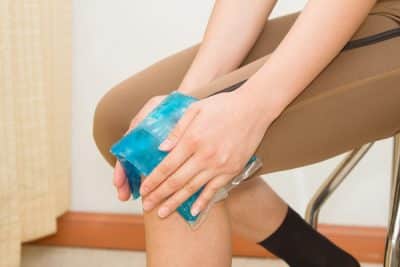Meniscus Injuries: Diagnosis, Diagnosis, and Treatment Methods
Meniscus injuries are a common problem that occurs when the cartilage tissue inside the knee is damaged, typically during sports activities or as a result of sudden movements. In this article, we will share important information about the diagnosis, diagnosis, and treatment methods of meniscus injuries.

-
- Meniscus injuries typically present with the following symptoms:
- Pain or discomfort in the knee
- Swelling and stiffness in the knee
- Sensation of locking or catching in the knee
- Limited range of motion in the knee
- Crepitus or popping sounds in the knee
1. Menisküs Yaralanmasının Belirtileri:
-Menisküs yaralanmaları genellikle aşağıdaki belirtilerle kendini gösterir:
– Dizde ağrı veya rahatsızlık
– Dizde şişlik ve sertlik
– Dizde kilitlenme veya takılma hissi
– Dizde sınırlı hareket kabiliyeti
– Dizde hışırtı veya çıtırtı sesleri


Conservative Treatment Methods:
- For mild meniscus injuries, conservative treatment options may be preferred:
- Rest and activity restriction
- Application of ice and use of anti-inflammatory medications to reduce swelling
- Physical therapy: Exercises performed under the guidance of a physical therapist to strengthen the knee and improve range of motion.
Surgical Treatment Methods:
- In cases of severe meniscus injuries or when conservative treatment does not yield satisfactory results, surgical intervention may be necessary:
- Meniscus repair surgery: Surgical procedure performed to repair the injured meniscus.
- Meniscectomy: Complete or partial removal of the damaged meniscus.
- Arthroscopy: A type of surgical procedure performed through small incisions. The surgeon repairs the damage within the knee.

5. Surgical Treatment Methods:
a. Meniscus Repair Surgery:
- Meniscus repair surgery is a preferred surgical intervention for repairing the injured meniscus.
- This method can be applied depending on the location, size, and type of the injury.
- During the surgery, the damaged meniscus surface is cleaned, and the torn portions are sutured together.
- Meniscus repair surgery is usually preferred in young, active individuals and in cases where the tear is amenable to healing.
- This method helps preserve the natural structure of the meniscus and increases the stability of the knee.
b. Meniscectomy:
- Meniscectomy is the procedure of partially or completely removing the damaged meniscus.
- This method is used based on the location, size, and type of the injury.
- Partial meniscectomy: Only the damaged portions are removed, preserving the healthy meniscus tissue.
- Total meniscectomy: Complete removal of the meniscus. In this case, partial instability of the knee may occur, and the risk of developing osteoarthritis (joint degeneration) in the future may increase.
- Meniscectomy is generally preferred in elderly or degenerative tears, large tears, or cases where repair is not suitable.
c. Arthroscopy:
- Arthroscopy is a common surgical method used in the treatment of meniscus injuries.
- In this method, a device called an arthroscope is used, which is inserted through small incisions. The arthroscope is a tube that contains a camera and surgical instruments.
- The surgeon can observe the damage inside the knee and perform necessary interventions with the guidance of the arthroscope.
- Arthroscopy offers advantages such as smaller incisions and faster recovery compared to traditional surgery.
- Different surgical procedures such as meniscus repair or meniscectomy can be performed through arthroscopy.
Important Note: The treatment method for meniscus injuries is determined based on the type, size, location of the injury, the patient’s age, and activity level





